9 benefits of a clover lawn and why it’s a sustainable choice
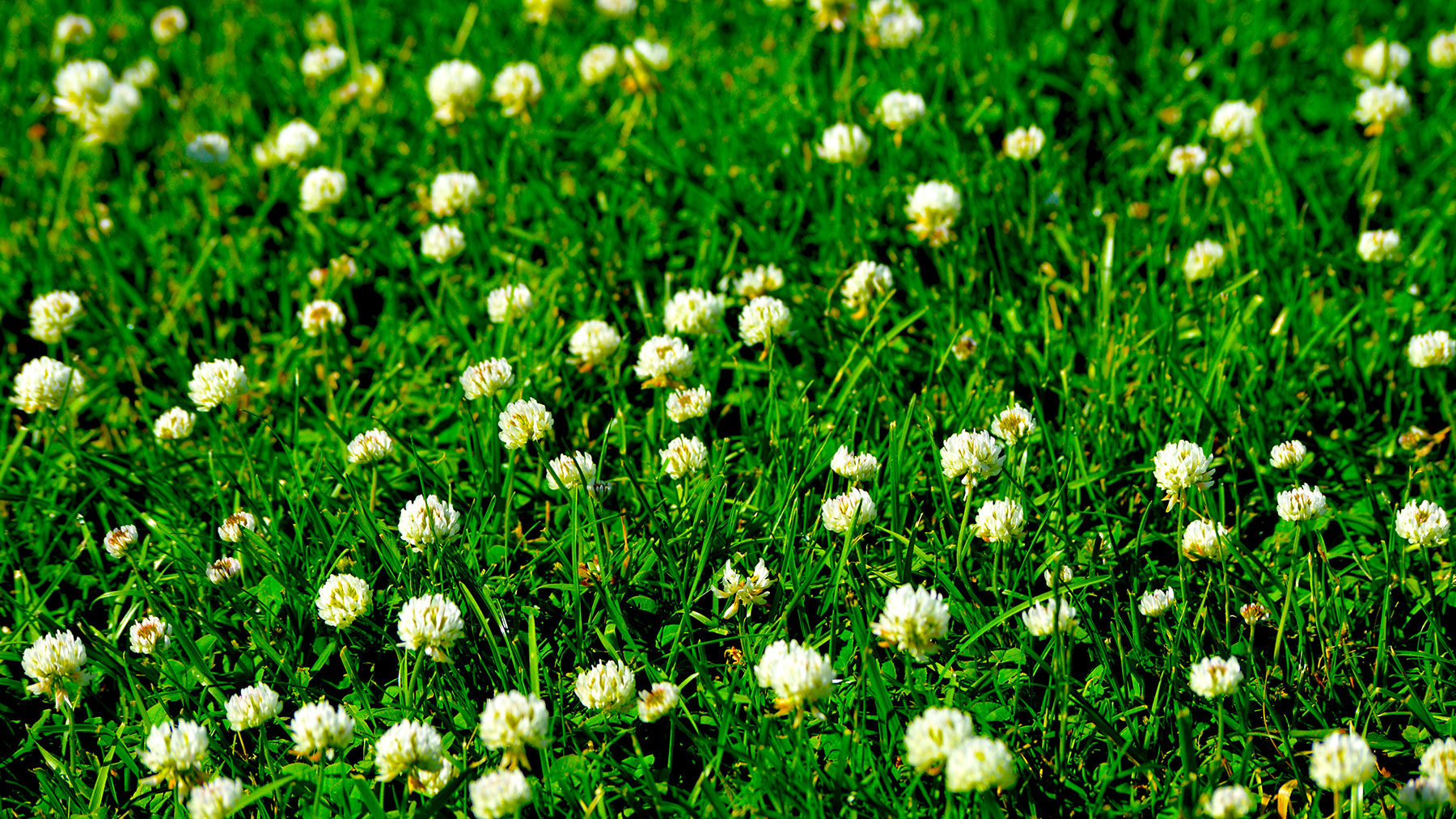
No Mow May can go far beyond abandoning your lawn mower for a month to encourage pollinators and other insects into your yard. And, if, like myself, you’ve embraced the environmental campaign and let your grass grow, you might also be wondering what else you can do in the longer term to protect and nurture the wildlife in your environment. In which case, you might be interested in reading Is No Mow May worth it? What I learned from taking part.
So, although there are plenty of reasons to stop mowing your lawn this month, including my own three reasons why I’m taking part in No Mow May — and why you should too, the campaign also gives us a chance to think about how we can support the movement throughout the rest of the year.
One method to improve sustainability in your backyard is to replace your turf grass with a clover lawn, once frowned upon as a weed. Traditional turf grass requires hours of maintenance and water to keep it looking luscious, while a clover lawn is more sustainable and will increase the abundance of bees and other pollinators in your yard and keep weeds at bay too.
Here, we take a look at the reasons why swapping to a clover lawn is a good idea and why it is no longer seen as the backyard enemy.
1. Saving resources
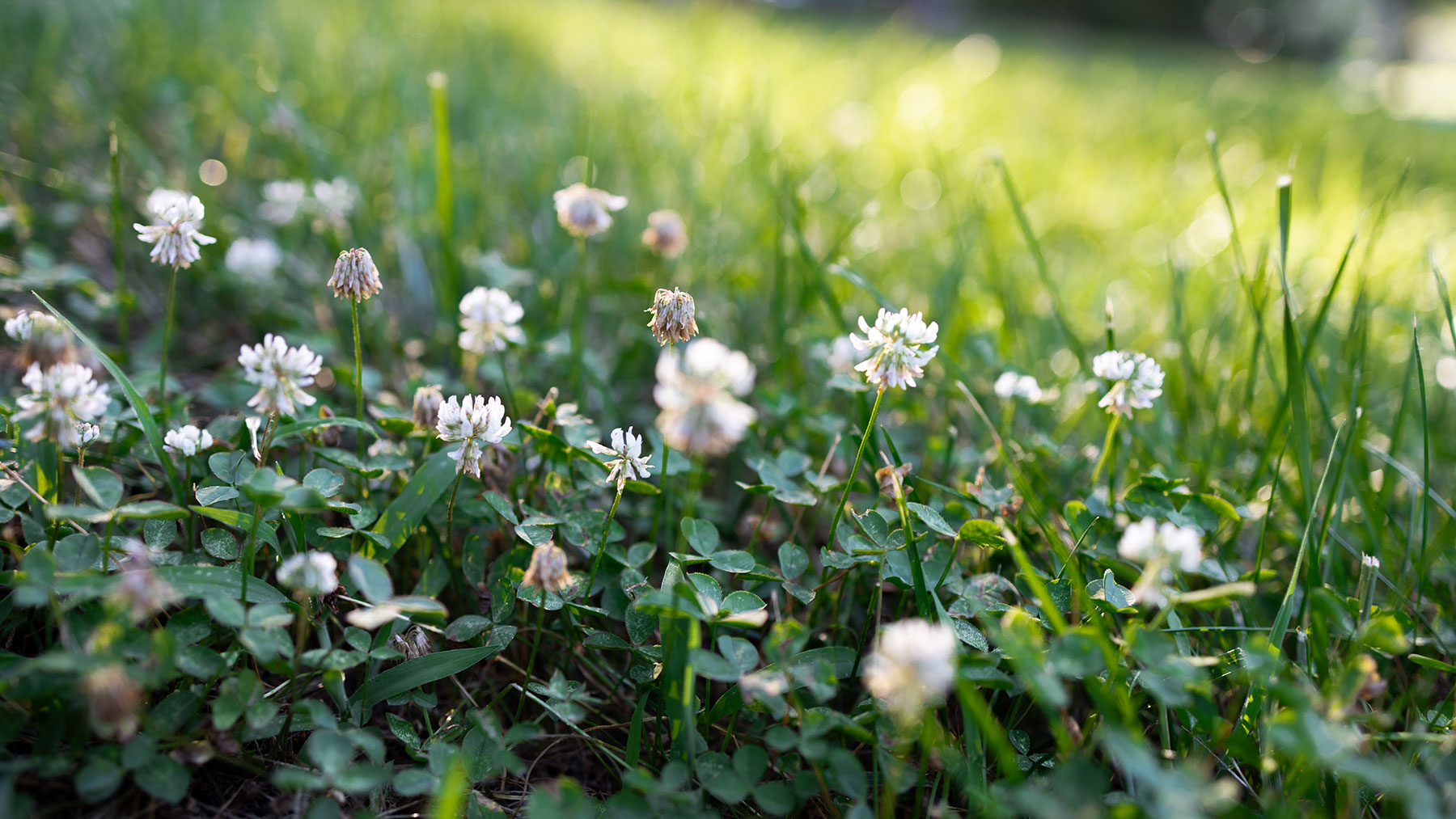
With lawns covering 40 million acres, or 2% of land in the U.S., according to Bee City USA, it's the single largest irrigated crop. This means achieving an immaculate lawn can be a big drain on natural resources, as a perfect patch requires regular watering to keep it pristine. According to the United States Environmental Protection Agency (EPA), 8 billion gallons of water are used daily to keep lawns green. What’s more, when lawns are regularly mown, they are stripped of flowers, which provide nectar and pollen for bees and insects to aid pollination. Swapping to a more sustainable and eco-friendly lawn, such as a clover lawn, will save natural resources and support wildlife.
White Dutch Clover and Miniclover — what’s the difference?
White Dutch Clover and Miniclover (Trifolium repens) are both hardy flowering perennials that can be used as a lawn alternative. But what’s the difference between the two varieties?
White Dutch Clover and Miniclover are both varieties of clover, but they have some differences. White Dutch Clover typically has larger leaves and a more traditional clover growth habit, with leaves reaching 3 to 12 inches in height. In contrast, Miniclover is bred specifically for a smaller leaf size and a more compact growth habit, with leaves usually around 4-6 inches in height.
Get instant access to breaking news, the hottest reviews, great deals and helpful tips.
Miniclover is also bred to be more drought tolerant, so if you live in an area with limited rainfall, it might be a better option. Additionally, if your lawn gets heavy footfall, it can be tougher.
Joan Casanova, founder of Green Earth Media Group, supports clover lawns and particularly favors Miniclover for its compact nature and sustainability.
“By promoting sustainability, reducing water usage, supporting pollinators, improving soil health and reducing maintenance requirements, Miniclover aligns with the growing interest in eco-friendly landscaping practices and contributes to the creation of healthier, more resilient urban and suburban environments,” she says.
“Today, it’s time for a more sustainable option than turf grass,” she says, “like adding Miniclover to existing turf grass or replacing lawns with it. For those who aren’t ready for a total lawn replacement, overseeding grass with Miniclover could be a good choice for everyone.”
Although digging up a turf lawn is not the right choice for everyone, Casanova believes it is worth it. “Getting rid of turf lawns and its maintenance, and replacing it with something still beautiful, is a change homeowners can accept, knowing they’re doing something to contribute to the greater good.”
2. A clover lawn is drought-tolerant
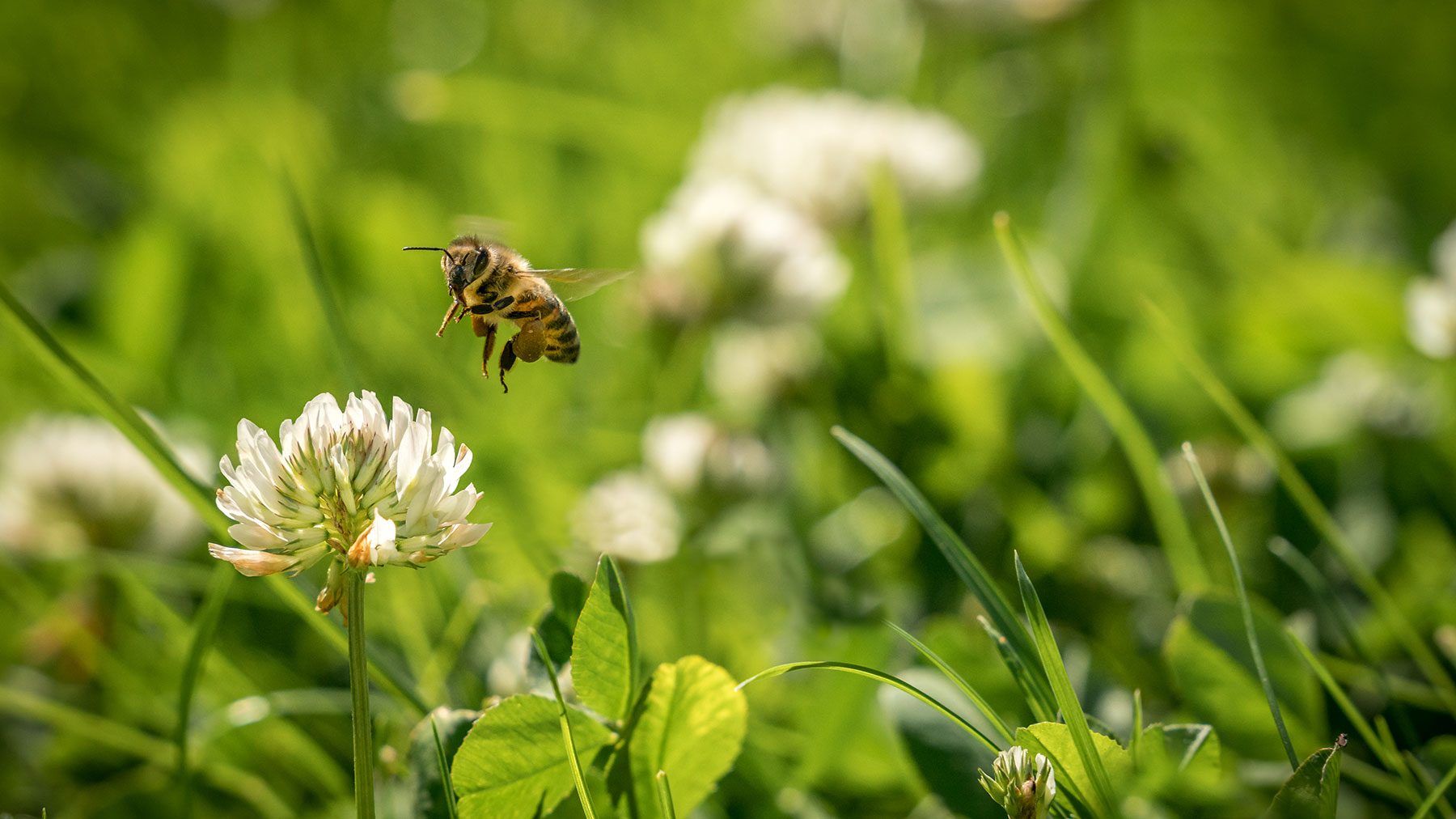
With record-breaking temperatures, subsequent droughts and water restrictions that follow, it is becoming harder to maintain a luscious lawn. However, one of the benefits of swapping to a clover lawn is that it isn’t as thirsty as traditional turf. “Minclover is drought tolerant and can stay green all summer with minimal watering,” says Casanova.
Its deep root system, coupled with its ability to ‘fix’ nitrogen (as mentioned below), make Miniclover a tougher alternative to turf grass during hot and dry spells. So, rather than being faced with a lawn that resembles a straw-like mess in the height of summer, a clover lawn will keep your patch greener.
3. Thrives in sun and partial shade
Depending on the type of clover you grow, it can tolerate partial sun much better than traditional turf grass that requires full sun. Both Dutch White Clover and Miniclover will thrive in full sun and partial shade.
4. Clover is low-maintenance
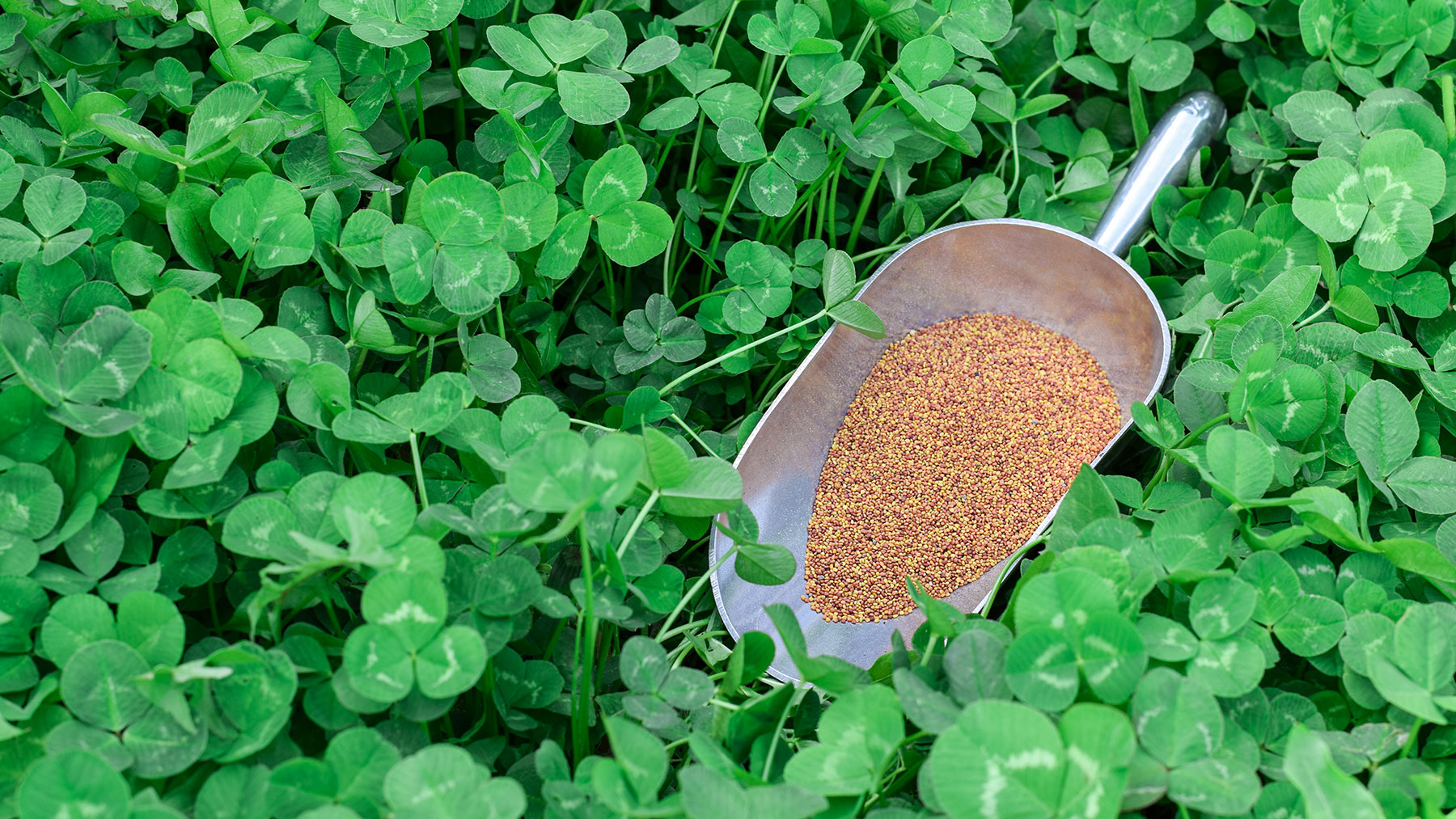
Growing a White Dutch Clover lawn will cut down on how often you pull out your lawnmower. It may only need a trim once or twice a year, as it will only grow to between 3 to 12 inches.
If you opt for Miniclover, Casanova says you can mow your lawn, although it will result in smaller leaves. However, bear in mind that Miniclover only blooms once in summer, and mowing will prevent them from creating the blooms that feed the bees.
5. Eliminates the need for nitrogen feeds
Clover will keep your lawn green and healthy as it naturally adds nitrogen to the surrounding soil, creating its own fertilizer. “Miniclover takes nitrogen from the air and ‘fixes’ it in your soil,” says Casanova, “eliminating the need to apply nitrogen plant food because it does the work for you.”
6. Say goodbye to weeds
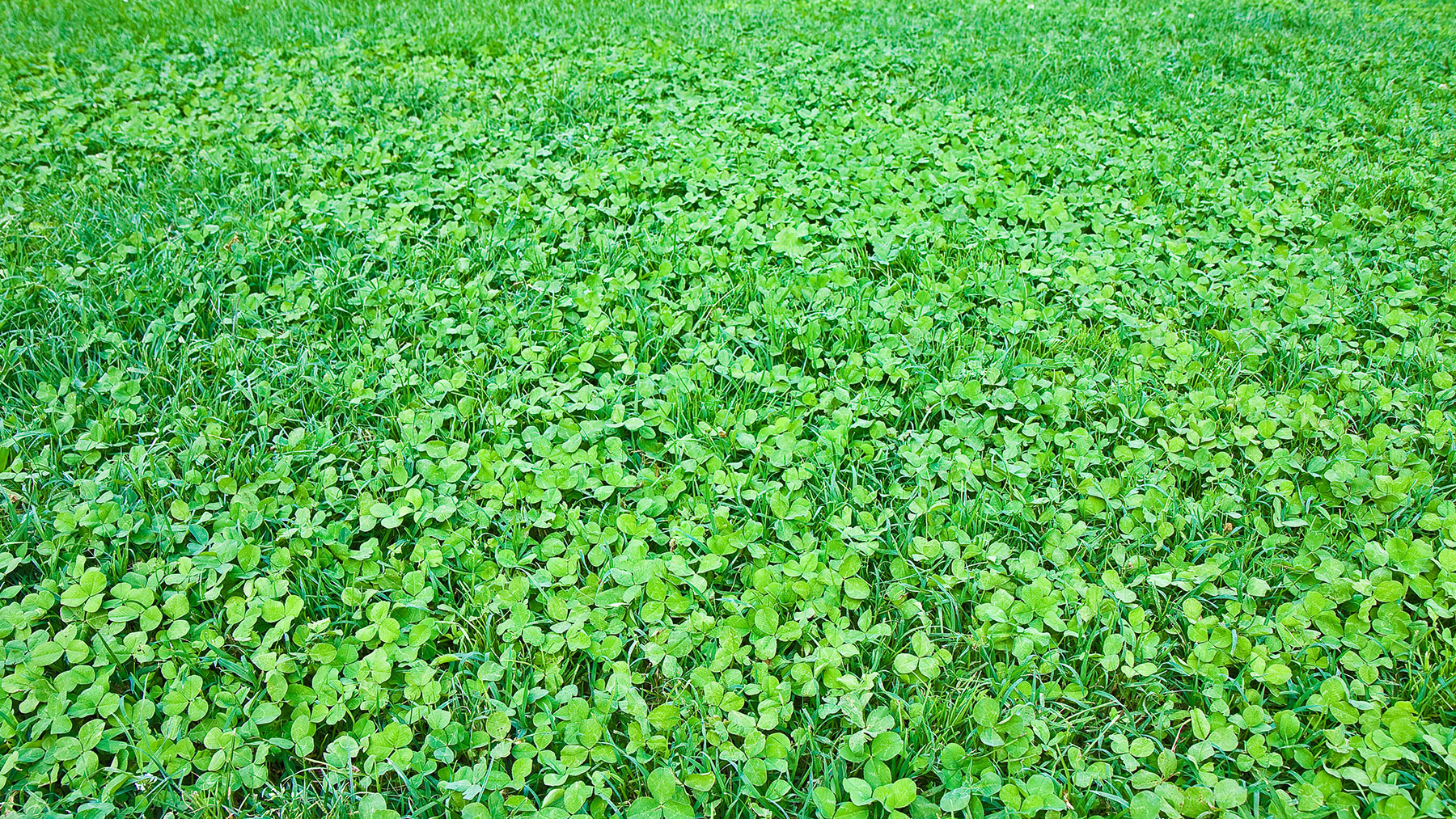
With a root system that grows horizontally across the ground, Casanova explains Miniclover has the benefit of keeping weeds at bay and controlling erosion. Apart from not needing to mow the lawn as often, you’ll also no longer have to worry about how to prevent weeds taking root in your yard or how to get rid of dandelions.
7. Brown patches fill in fast
One of the issues of being a dog owner is that their urine discolors grass, leaving behind unsightly brown patches. However, unlike turf grass, Miniclover is unaffected by the chemicals in your pet’s urine, and it remains green and lush, according to Casanova, who also mentions that “it fills in bare spots fast”, due to its ability to reseed.
Outsidepride 1/4 lb perennial white miniclover seed: $12.99 @ Amazon
Suitable as a lawn alternative, or mixed with your normal grass seed, this miniclover seed will grow to approximately 4 - 6 inches tall after it is mowed a few times. The seed can be grown in USDA Zones 3-10 and is suitable for a no mow lawn.
8. It's affordable
With less maintenance to worry about, a clover lawn is much more economical than turf grass. Forget sprinkler systems, fertilizers, aeration tools, and other lawn maintenance gadgets, and reward yourself with more time to enjoy your backyard and extra cash in your pocket to spend on plants.
9. Clover is soft underfoot

White Dutch Clover is soft and springy and comfortable underfoot, although it might not be the best choice if you’re after a lawn for children to play upon, as it doesn’t hold up as well as turf grass to foot traffic. Miniclover is also soft and springy underfoot and stands up to foot traffic. It also does well in compacted soils and fills bare spots quickly. However, to get the best of both worlds, try planting a mix of both to encourage pollinators while gaining a durable lawn.
What to check before you sow a clover lawn
A clover lawn will grow successfully in USDA Zones 3-10. However, we’d advise that you check with your local homeowner's association (HOA) or local government before sowing clover seed, as in some areas, it is considered a weed and may not be allowed.
More from Tom's Guide

Camilla is the Homes Staff Writer and covers everything to do with homes and gardens. She has a wealth of editorial experience, mounting over 30 years, and covers news and features, tests products for reviews and compiles buying guides.
Her work has appeared in business and consumer titles, including Ideal Home, Real Homes, House Beautiful, Homebuilding & Renovation, and Kitchen & Bathroom Business. She’s even appeared on the cover of Your Home, writing about her own house renovation.
Although she’s obsessed with decorating her home, she also enjoys baking and trying out the latest kitchen appliances. But when she’s not inside, you’ll find her pottering about in her yard, tending to her vegetable patch or taking in her prized hydrangeas.

